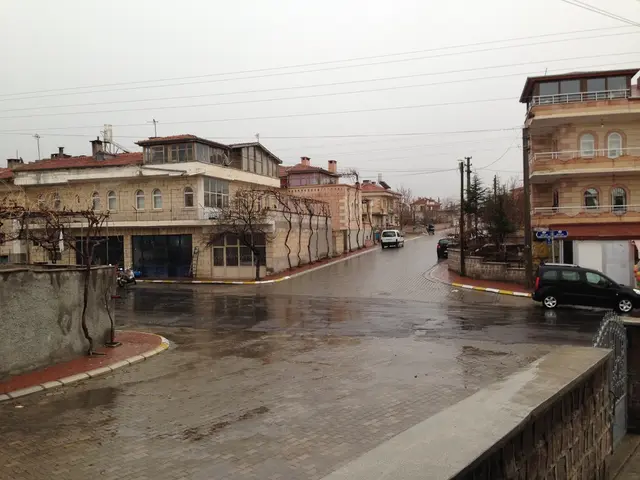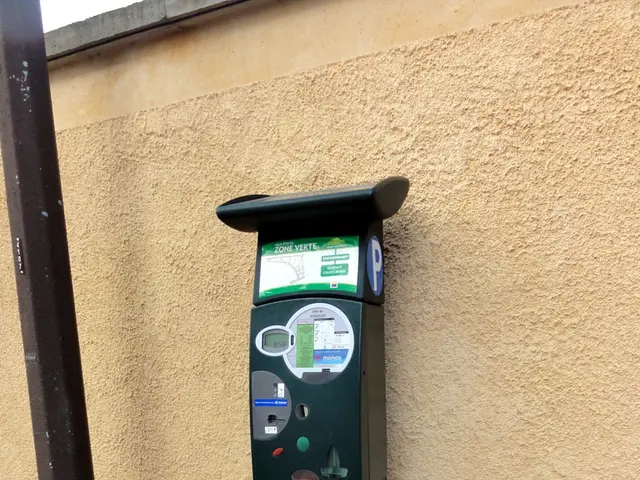A cultural institution in Kamouraska thriving and prospering.
In the heart of Quebec, Canada, the Kamouraska Regional Museum stands as a beacon of regional history and culture. Located in the old 1851-built convent, the museum is a testament to the community's commitment to preserving their heritage.
The museum's collections are a treasure trove of donations from local residents, each item telling a story of the region's past. From furniture belonging to René Chaloult, a deputy who played a major role in adopting the Fleur-de-lis flag, to the Paradis Mill, another heritage site built around 1856, the museum is a veritable treasure trove of regional history.
The museum operates primarily on admissions, sales from its gift shop, and federal job programs subsidies. However, the voluntary work of its board of directors, who organise geological outings and interpretive hikes at a reasonable price, plays a crucial role in keeping the museum accessible to the public.
The museum's main feature is the river, which played a significant role in the development of the province. The river, with its rich history and natural beauty, serves as a constant reminder of the region's past and its potential for the future.
However, the museum has faced challenges. A decade ago, it lost its operational funding from Quebec and faced the possibility of closing. But the museum persevered, continuing to operate without operational aid. The museum's general director, Anik Corminboeuf, expresses concern about the sudden increase in insurance prices for heritage buildings, but remains hopeful for the future.
M. Corminboeuf, who was also the mayor of the municipality, believes that more investment in the Paradis Mill would be beneficial. The museum has already acquired the Paradis Mill, and it serves as a reminder of the region's industrial past.
Despite the museum's success, M. Corminboeuf laments the lack of recognition from the provincial government. He estimates that the institution does not receive adequate support from the Quebec government, a fact that he hopes will change in the future.
The contribution of volunteers has been essential since the museum's founding in 1977. The museum lives almost exclusively on its admissions, sales from its gift shop, and federal job programs subsidies, making the voluntary work of its board of directors all the more important.
In a province rich in history and culture, the Kamouraska Regional Museum stands as a shining example of community spirit and heritage preservation. With its commitment to the region and its focus on education and outreach, the museum continues to be a vital part of Quebec's cultural landscape.




